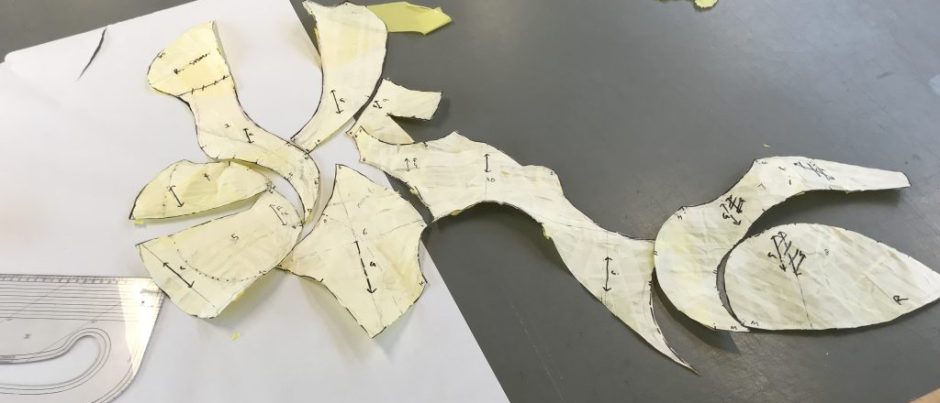Reading ‘Art-based action research in the development work of arts and art education’
A research method through which participants “tacit knowledge and experiences can be obtained from them…not conveyed through traditional qualitative research methods based on verbal or written language” to produce practical change as well as knowledge (pg. 9). This strategy feels particularly relevant to me as an art educator in a technical role, as well as an industry practitioner.
“Researchers aim to develop operational methods that allow stakeholders and local communities, or the society in general, to become increasingly more sustainable” (pg. 9)
The way in which sustainability, as a wider concept (as oppose to exclusively in relation to the climate) also has relevance to the subjects I am looking to research – sustainable working practices, which result in better mental health (and consequently social justice), and work towards climate justice.
“Artists and art teachers are often multidisciplinary in terms of their identities and roles. Their professional skills often involve an artist’s skills, a teacher’s pedagogic skills, and the skills to develop methods by means of research. They could be described as artist-researchers or artist-researcher-teachers. However, in this article, we refer to them simply as researchers” (pg. 12)
This approach appeals, as it requires the researcher to be an active participant within the community of contributors – part of the reason I am looking into this is because I see my own struggles reflected in the students.
The cyclical nature of action research would allow me to test out different approaches with the students, and develop a design as I go, not only of practical aids to assist them in managing their time and self-regulation, but in ways that this can be communicated to myself, and my colleagues effectively.
The emotions related to time management, sustainability and procrastination- stress, frustration etc, might be more easily communicated via art that words or writing, particularly for a very neurodiverse student population, many of who are communicating with me in an additional language.
“Artistic research, which is practice as research or practice-led research, and action research have many common principles and common factors, such as the aim to change and develop practice”. (pg. 12)
Jokela and Huhmarniemi suggest multiple data collection mediums should be used within art-based research. I would be interested in using some of the following:
- Observation diary (notebook with drawings, photos, and and notes)
- Physical artwork or sketches produced by participants/collaborators (materials based?)
- Interview transcripts
I could utilise the tools I research with my own production of work, and also use myself as a research subject – for an external costume project. However, the additional workload for both myself and the participants would need to be considered in creating a viable and achievable plan within the timeframe I have, and the motivations of participants. This idea works with an assumption that the interventions I design would have the same/a similar impact on a student as myself, which cannot be true. I am an established costume practitioner and educator, who is familiar with and experienced in costume realisation processes, spaces, and timeframes. I am a white, cis-gendered employee of UAL, who grew up in the UK – I do not face the same barriers that student participants might face, which may directly affecting their engagement with costume, and the interventions I design.
I will consider further whether or not to take this forwards, as my ideas for my project develop.
References
Jokela, Timo & Huhmarniemi, Maria. (2019). Art-based action research in the development work of arts and art education.
